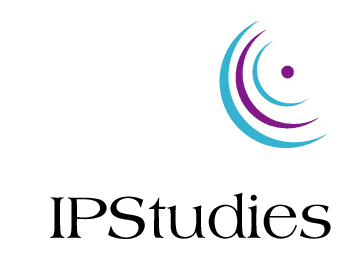I just came across a short insightful Harvard Business Review blog paper from Pr. Robert J. Thomas assessing collaboration as an intangible asset. Intangible assets is what buy-side analysts are focusing upon – they crave for innovation, but how do you measure that in advance to support your investment decisions? Pr. Thomas suggests to measure collaboration, starting from the assumption that behind innovation there are plenty of people, a.k.a. collective intelligence.
Even more interesting, he quotes experiments from the bank and pharmaceutical industries who applied Social Network Analysis (SNA) to their corporate organizations to optimize them in various challenging environments, for instance at the time of an M&A integration.
A priori, SNA within an organization scope can be easily achieved by means of employees surveys on their relationships inside the company, or in a less invasive way automatically collecting data about meeting and project participants from corporate IT tools as well as statistics from various knowledge management platforms used within the company. However, all this data is purely internal and won’t be reported in the corporate communication (except maybe for a few winning cases), so it is out of the reach of the analysts.
Still, various public sources of information can be used to feed external analysis of collaboration networks within a company, especially with regards to R&D. I have observed for instance that from time to time, in particular in small to mid-size companies, patent or design/utility models applications pop up in the name of various inventors with very different backgrounds and occupations within the company, e.g. a core technology lab researcher together with a product architect, a graphical designer or an ergonomist, and/or even sometimes involving senior executives of the company. This data is definitely worth analyzing for anyone interested in understanding the core R&D orientation and organization of a technology company, as it is likely how its future success gets written. It is even possible to measure reactively the efficiency/success rate of the technology development over several years, by mapping the patent information to the actual product releases – with particular emphasis on how this rate evolves over time and how companies compare within a given sector (e.g. pharmaceuticals).
